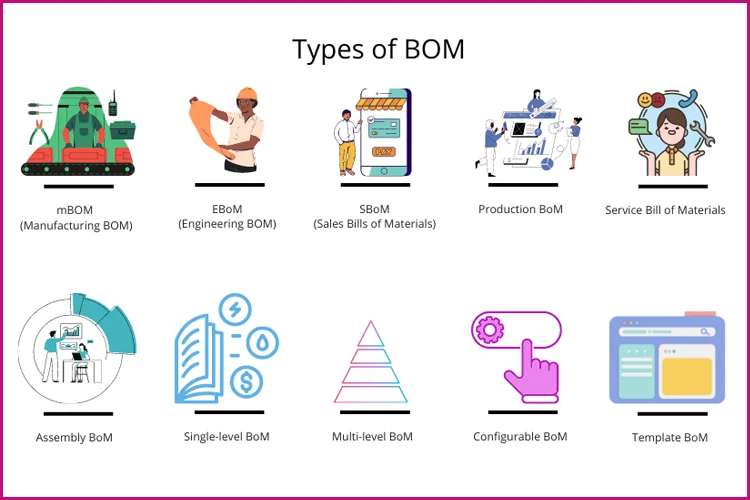PLM or Product Lifecycle Management is a comprehensive approach to managing the entire lifecycle of a product. It covers everything from the initial concept and design through manufacturing, deployment, and eventually disposing. Did you know that AMC (American Motors Corporation) was the first to implement a working PLM process? It was so much effective that Chrysler, after acquiring AMC, implemented the process throughout their enterprise enabling them to be the lowest-cost producer of the auto industry at the time.
- Key Components: PLM involves managing data, processes, business systems, and people throughout the product lifecycle. PLM is the baton waved by the conductor to create a symphony where every instrument (or component) plays a crucial role.
- Data Management: PLM handles a vast amount of data, including design files, specifications, bills of materials (BOMs), and more. Just to be clear, PDM or Product Data Management is not different from PLM but a part of the PLM process.
- Collaboration and Communication: PLM facilitates collaboration among different teams and departments involved in the product development process. It’s a virtual space for designers, engineers, and marketers to brainstorm and share ideas.
- Version Control: PLM also ensures that everyone is working with the latest version of a design. No more confusion about which version is the most recent. It also keeps version history of all files so that there is virtually no data loss.
- Workflow Management: PLM helps streamline processes and workflows, ensuring that tasks are completed in the right order and by the right people. It’s the all-powerful project manager keeping everything on track albeit with some help from the admins.
- Regulatory Compliance: For industries with strict regulations (like aerospace or healthcare), PLM ensures that products meet all necessary standards.
- Change Management: Products evolve to meet demands. PLM manages changes in design, materials, or specifications, making sure that everyone is on the same page.
- Supplier Collaboration: PLM extends its reach to suppliers, making it easier to collaborate and ensure that the right materials are used. It’s a transparent line of communication with your entire supply chain.
- Simulation and Testing: PLM often integrates tools for simulation and testing during the design phase. This alone saves a lot of development & prototyping costs while virtually eliminating product failure.
- Aftermarket Support: Even after a product is out in the wild, PLM helps manage updates, repairs, and end-of-life processes. Continuous support for your products also increases your customer’s trust and the reliability of your product.
- Cloud-Based PLM: With the rise of cloud technology, PLM systems are becoming more accessible and scalable. Having your entire product’s lifecycle accessible from anywhere with an internet connection is a must-have for our modern world.
In a nutshell, PLM is the ultimate manager, coordinator, and guardian of a product throughout its entire existence. It ensures that every stage of a product’s life is as smooth and efficient as possible. From conception till EOL (end-of-life), PLM can guide & monitor the entire set of processes a product goes through with astonishing precision and control. The question isn’t whether your product needs PLM, but which can serve you better. Your PLM solution needs to be of lower cost, while increasing productivity & quality with the most flexibility & sustainability.
One tool that has all the above seems too good to be true. Or does it really exist?

Palanivel Muthusamy is a seasoned expert in the Engineering, CAD, CAE, PLM, and PDM domains, boasting over 20 years of experience in project and product engineering within industrial companies. He holds both a Bachelor’s and a Master’s degree in Engineering, complemented by numerous certifications. Palanivel is highly proficient in engineering processes, including engineering change orders, notices, and quality processes, bringing a wealth of knowledge and hands-on expertise to the field.




